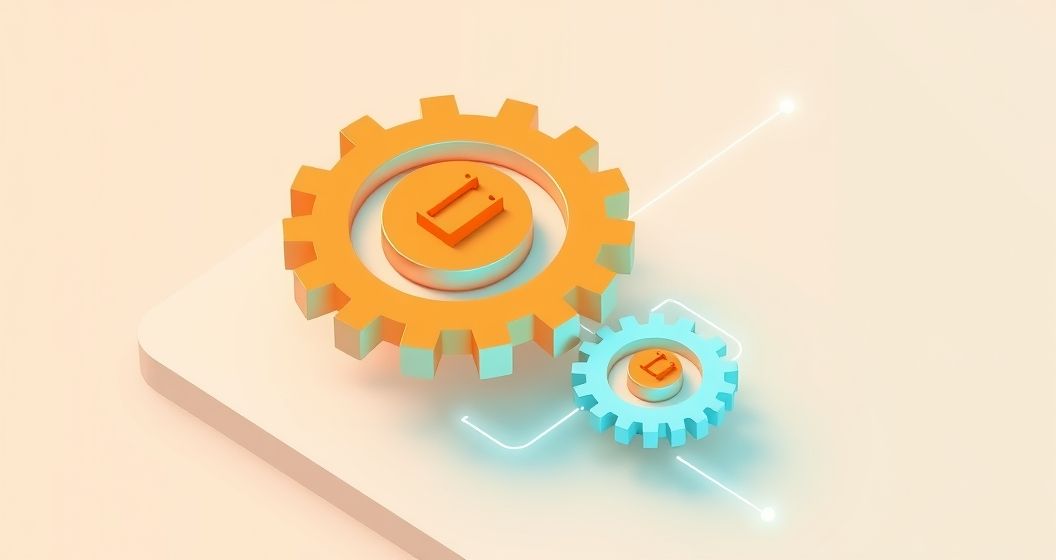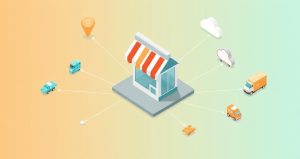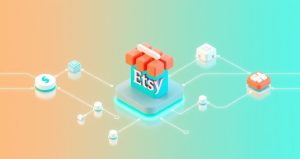Running a successful Etsy shop requires more than just creativity and great products. It demands efficient management of listings, marketing, shipping, and customer service. As your business grows, these manual tasks can become overwhelming. This is where Etsy integrations come into play. By connecting your shop to powerful third-party applications, you can automate repetitive processes, gain valuable insights, and unlock new levels of productivity. This guide explores the world of Etsy integrations, helping you understand how to leverage these tools for strategic growth.
What Are Etsy Integrations?
Etsy integrations are third-party software applications that connect directly to your Etsy shop’s data through an Application Programming Interface (API). Think of them as specialized assistants that perform specific tasks automatically. Instead of manually copying order details into a shipping program or posting new products to social media, an integration handles it for you. This seamless connection allows for the two-way flow of information, ensuring that your business operations are synchronized, accurate, and highly efficient, freeing up your valuable time.
Key Benefits of Using Etsy Integrations
Integrating external tools with your Etsy shop offers a multitude of advantages that directly impact your bottom line and workflow. These benefits go beyond simple convenience, providing a framework for scalable and sustainable growth. By adopting the right set of tools, sellers can transform their operations from a manual-heavy process into a streamlined, automated system. This allows for a greater focus on product creation, branding, and customer engagement, which are the core drivers of success on the platform.
1. Significant Time Savings Through Automation
The most immediate benefit of using Etsy integrations is the automation of repetitive tasks. Imagine automatically syncing your sales data with your accounting software, printing shipping labels in bulk, or scheduling social media posts for your new listings without lifting a finger. This automation eliminates hours of manual data entry and administrative work each week. The time you save can be reinvested into more creative aspects of your business, such as developing new products or refining your brand’s aesthetic.
2. Enhanced Marketing and Customer Outreach
Marketing integrations empower you to reach a wider audience more effectively. Tools can automatically share your new listings on platforms like Pinterest, Instagram, and Facebook, driving traffic back to your shop. Email marketing integrations allow you to build a customer list and send targeted campaigns, promotions, and updates. By automating these marketing efforts, you maintain a consistent presence and build stronger customer relationships, which is crucial for encouraging repeat business and fostering brand loyalty.
3. Streamlined Shipping and Fulfillment
For sellers dealing with physical products, shipping can be one of the most time-consuming parts of the business. Etsy integrations with shipping solutions like ShipStation or Pirate Ship can revolutionize this process. These platforms import your orders automatically, allow you to compare carrier rates, purchase and print shipping labels in bulk, and send tracking information to your customers. This level of efficiency reduces errors, saves money on postage, and significantly speeds up your fulfillment workflow.
4. Accurate Financial Management and Reporting
Keeping track of your shop’s finances is essential for long-term success. Accounting integrations, such as those for QuickBooks or GoDaddy Bookkeeping, automatically import your Etsy sales and fees. This eliminates the need for manual data entry and reduces the risk of human error. With up-to-date financial data, you can easily track your profitability, manage expenses, and simplify the process of filing taxes. These tools provide a clear and accurate picture of your business’s financial health at all times.
Popular Categories of Etsy Integrations
The ecosystem of Etsy integrations is vast and covers nearly every aspect of running an online store. Understanding the primary categories can help you identify which tools will provide the most value for your specific business needs. From production assistance to deep analytics, these applications are designed to solve common challenges faced by Etsy sellers. Exploring these options allows you to build a custom tech stack that supports your unique workflow and growth ambitions, turning your shop into a more powerful enterprise.
Print-on-Demand (POD) Services
Print-on-demand is a popular business model for artists and designers. Integrations with services like Printful and Printify allow you to sell custom-designed products like t-shirts, mugs, and posters without holding any inventory. When a customer places an order on your Etsy shop, the details are automatically sent to your POD partner. They then print, pack, and ship the product directly to your customer under your brand. This model significantly lowers financial risk and removes the burden of production and fulfillment.
Analytics and SEO Tools
To succeed on a crowded marketplace like Etsy, you need to be visible. SEO and analytics integrations like eRank and Marmalead are indispensable for optimizing your shop. These tools help you research popular keywords, analyze your competitors, audit your listings for SEO best practices, and track your search ranking. By using data-driven insights, you can make informed decisions about your tags, titles, and product descriptions, which dramatically increases the likelihood of your products being discovered by potential buyers.
Customer Relationship Management (CRM)
Building a loyal customer base is key to sustainable growth. While Etsy has basic communication tools, dedicated CRM integrations offer more advanced features. These applications can help you manage customer conversations more efficiently, segment your audience for targeted marketing, and gather feedback through automated follow-up messages. A strong CRM strategy helps you provide exceptional service, which leads to positive reviews, repeat purchases, and powerful word-of-mouth marketing for your Etsy shop.
How to Choose the Right Integrations
With so many options available, selecting the right Etsy integrations can feel daunting. The key is to start by identifying your biggest pain points. Are you spending too much time on shipping? Do you struggle with marketing? Pinpoint the area where you need the most help. Next, consider your budget. Many integrations offer free tiers or trials, while more advanced features often come with a monthly subscription, typically ranging from $10 to $50. Always read recent reviews from other Etsy sellers to gauge reliability and customer support before committing to a new tool.
Conclusion: Scaling Your Business with Smart Tools
Etsy integrations are more than just convenient add-ons; they are strategic assets for any serious seller. By automating manual tasks, you not only save time but also create a more professional and reliable operation. This allows you to scale your business without being buried in administrative work. Whether you are streamlining your shipping, boosting your marketing, or optimizing your listings for search, the right set of tools will empower you to work smarter, not harder, and focus on what you love most: creating and selling your unique products.






